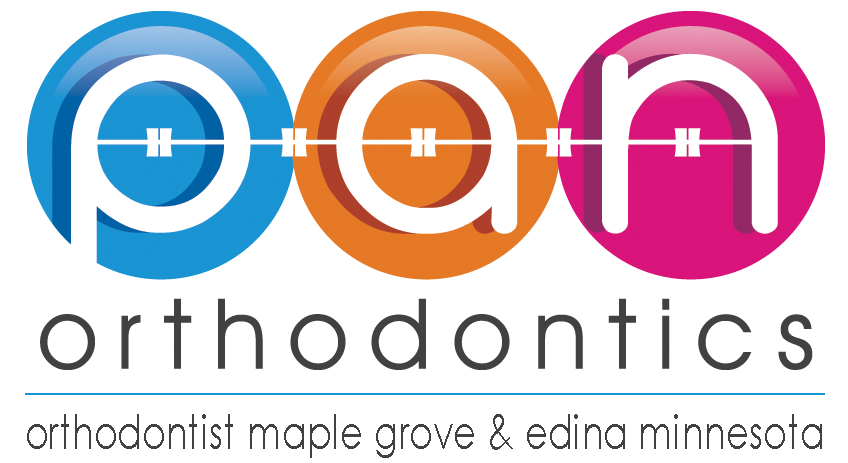Orthodontic Conditions - Retrognathism
Retrognathia is a condition where the lower jaw is set back further compared to the upper jaw. It gives patients the appearance of a severe overbite. The difference in placement between the lower and upper jaw is not often noticeable when looking head on, but is more obvious when viewing the person from the side or profile view.
It can be difficult to effectively manage retrognathia. Physically, it can affect the ability to sleep or properly eat. Some patients who have the condition experience a low self-esteem or low levels of confidence because the condition is very noticeable visually.
There are a few causes of retrognathia. The treatment for the condition usually includes braces, hardware and possible surgery. Treatment may not be required in mild cases.
Causes of Retrognathia
Some patients are born with retrognathia, while others develop it later in life. In situations where the case is mild, it may not be diagnosed until later in childhood or even into adolescence. The most common causes of retrognathia include the following:
- Pierre-Robin Syndrome: A condition which affects both the jaw and the tongue and causes a blockage in the airways.
- Hemifacial Macrosomia: When patients have this condition, one side of their lower face doesn’t grow properly and is underdeveloped.
- Nager Syndrome: This condition is rare and affects both the jaw and the cheeks in addition to the development of the hands and arms.
- Treacher Collins Syndrome: This condition impacts various bones in the face, which includes the jaw.
- Tumor Removal Surgery: Removing a tumor in the mouth can alter the jaw and result in retrognathia.
- Facial Trauma or Fractures: If a child encounters physical trauma or fractures, it can cause their jaw to develop incorrectly.
Complications
Patients who have retrognathia often have challenges with jaw misalignment. This can impact their ability to effectively eat or sleep without any restriction. They might also experience intense pain in their jaw.
Babies who have retrognathia may also struggle when using a bottle or nursing because they can’t properly latch onto a nipple. As a person who has retrognathia ages, their teeth may also become misaligned. The teeth can also have crowding or be positioned in a strange way.
The irregular positioning of the teeth can make it difficult to bite down and chew food. Someone who has retrognathia can also develop temporomandibular joint disorder (TMJ). TMJ can cause pain and muscle spasms.
Some people with the condition also have trouble breathing. This is particularly challenging while sleeping. The tongue can restrict the airway, which causes snoring or even sleep apnea. Sleep apnea means a person stops breathing multiple times while sleeping and is often unaware of the condition.
Retrognathia Treatment
Treatment for retrognathia depends on how severe the retrognathia case is. Some people don’t require surgery or any treatment.
Patients with retrognathia are typically treated by a team of doctors who are often involved at various stages of development.
While those who have a mild case of retrognathia may not require any treatment, patients with more severe cases may require orthodontic treatments or surgery. Distraction osteogenesis can aid in lengthening the jaw 10-20 or more millimeters.
Following surgery, the patient’s jaw may revert slightly back into its original position. As an example, BBSO and wire fixation often have an average relapse of 2 millimeters. Even with this level of relapse, the surgery is able to largely correct the condition.
Anyone who is considering treatment for retrognathia should first speak with a medical professional. Because every case is unique, the doctor will evaluate, diagnose, and correct the condition based on each patient’s specific needs.
Pan Orthodontics Philosophy
To treat our patients as our families and to treat others as how we want to be treated. From your first phone call to the moment your new smile is born, everything in our office is set up to ensure an excellent experience with us. We will always listen to you and improve with your suggestions.
Featuring The Latest Orthodontics Technology
Our Commitment to You
We will continue to keep up with the ever growing digital technologies to improve your orthodontic experience. We also commit to always help you find the most convenient time for your visit with us.




